Inside the 600-Year-Old History of Zoigl, the Beer Brewing Tradition Still Thriving in Eastern Bavaria
By Gavin CleaverI arrived in the town of Windischeschenbach, deep into windswept, snow-covered Bavarian countryside, to be greeted by a boarded-up train station, a steep hill, and an ice-covered pavement. I know I’m meant to be staying in someone’s house, and that house is also, for this weekend only, a pub. This might be one of my more niche cultural escapades: Windischeschenbach, and the attached village of Neuhaus, about an hour from Nuremberg in east Germany, are the centres of a peculiar offshoot of the storied history of German beer brewing called Zoigl.
A brief history of a complicated topic should suffice: over 600 years ago, towns north of the Danube in the Upper Palatinate were granted the right to brew their own beer and sell it in their houses. Towns paid to construct communal breweries, owned by residents rather than businesses, and once brewing was complete beers were taken back to the brewer’s house to ferment. Residents then agreed that, rather than open all of their houses for drinking and foster local competition, only a few houses would open at a time, so each family had a chance to sell their beer to the locals. “Zoigl” is a derivation of “zeichen”, German for “sign”, denoting the sign that each family hangs on their house when it’s open for drinking.
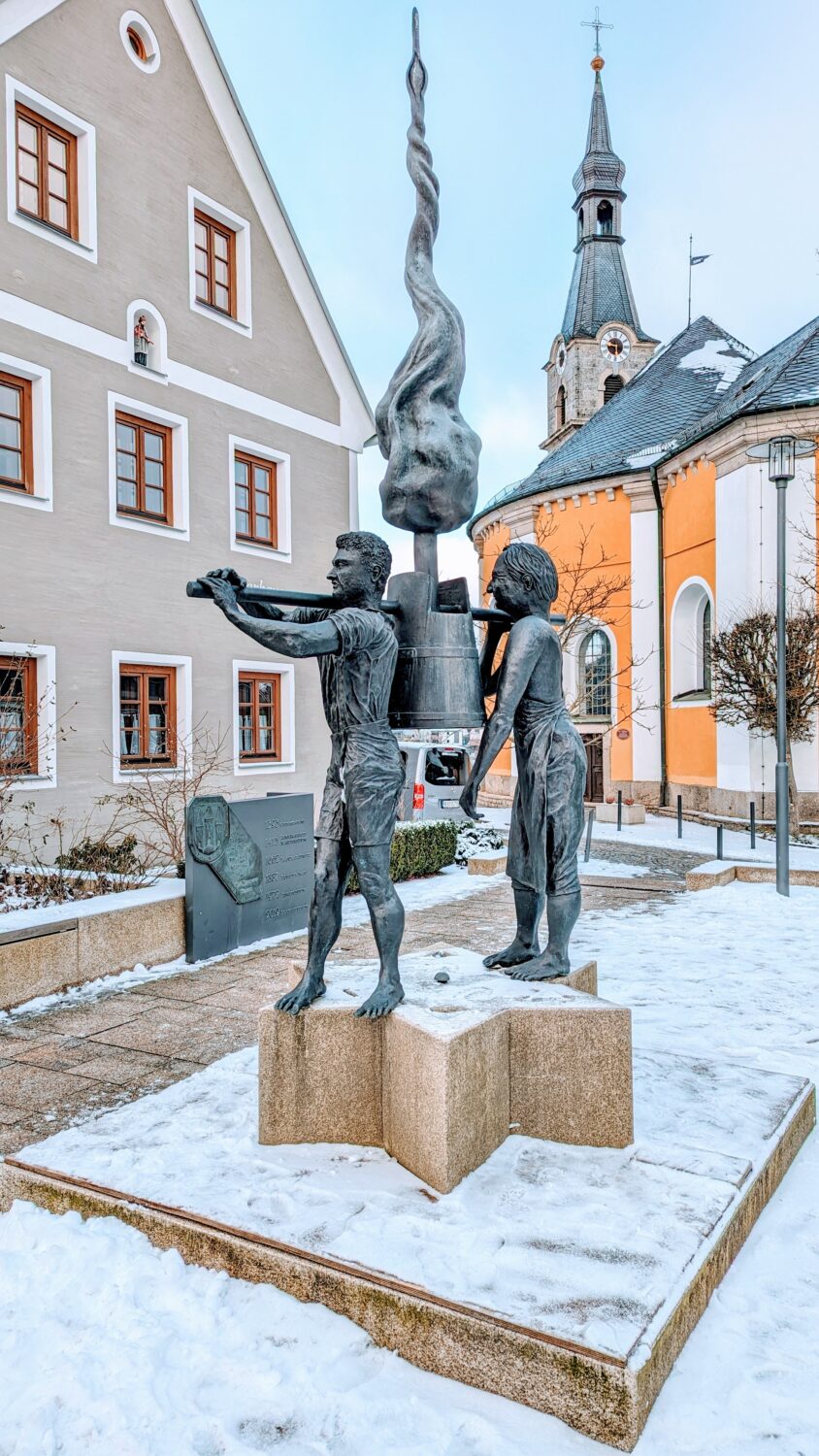
Improbably, this tradition survives almost entirely unchanged from how it operated in the 1400s, from the wood-fired communal breweries to the sign-bearing house taverns. I’m fascinated by Zoigl’s place in Germany’s storied beer culture. As more and more independent brewers get bought up or just disappear, the idea that an independent brewing community that doesn’t export at all could survive unabated for over 600 years, an entirely self-contained link to brewing’s past, is a source of deep intrigue. Also, given I literally can’t try it anywhere else, I’m desperate to have a Zoigl, which get rave reviews on the few English-language beer-centric websites that have written about them. Trekking up one hill and down another, I’m confronted with the steep climb up to Neuhaus Castle, the start of the tiny village of the same name. I’m staying with the Teicher family, whose Zoiglstubn (Zoigl tavern) is open this weekend for the first time since mid-December. Their house is already open when we arrive red-cheeked from the cold and the hill climb; a table of middle-aged Germans are seemingly a few Zoigls deep. It’s tiled and traditional, with wood-burners for warmth. It’s an impossibly romantic setting. You can feel the local pride radiating alongside the fire’s warmth, a welcoming family home rather than a business. Later the pub will be beyond rammed, with every single seat occupied and snow-dusted tables brought in from outside, but right now it’s bucolic and our hosts are showing us to the apartment upstairs.
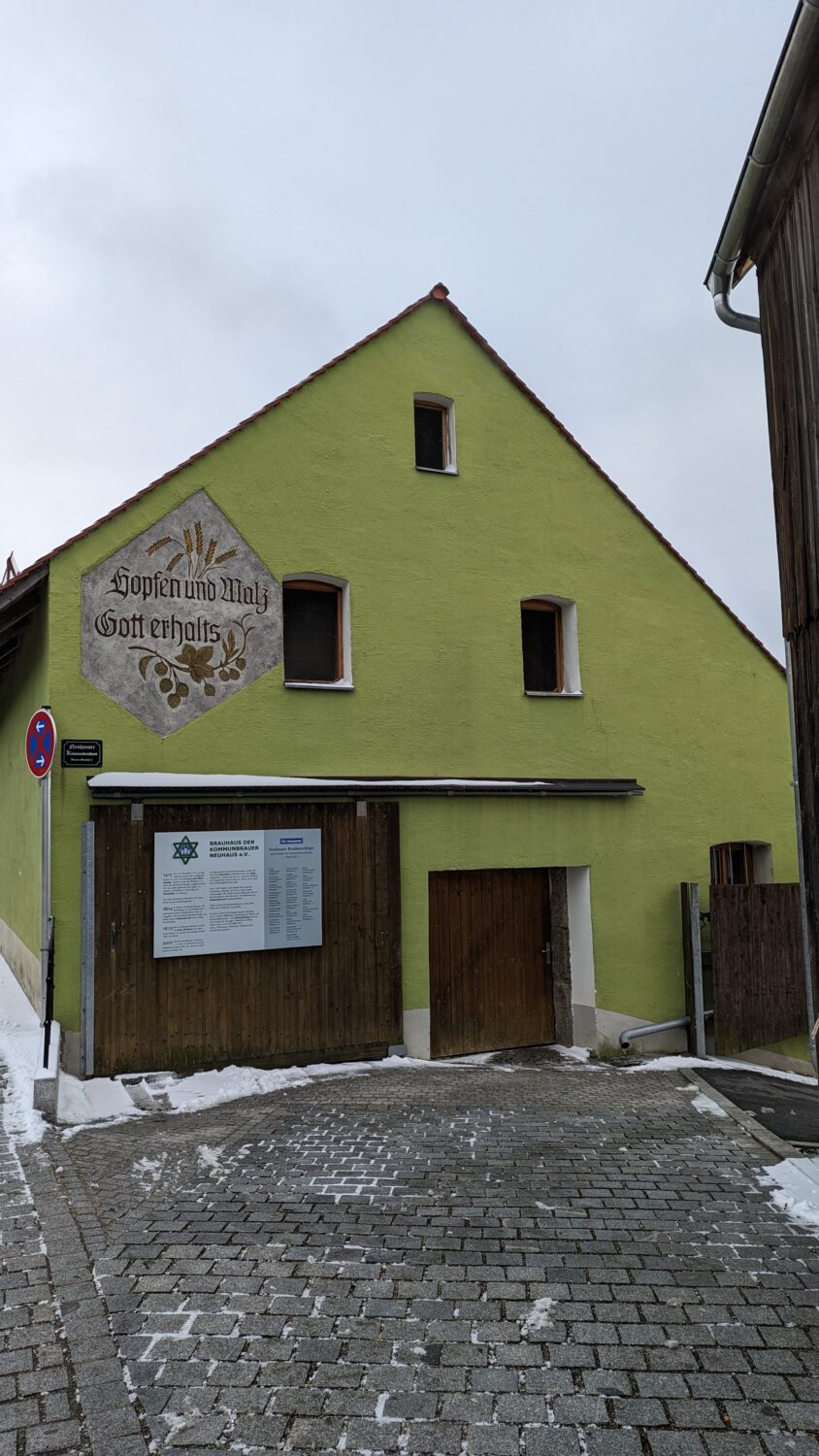
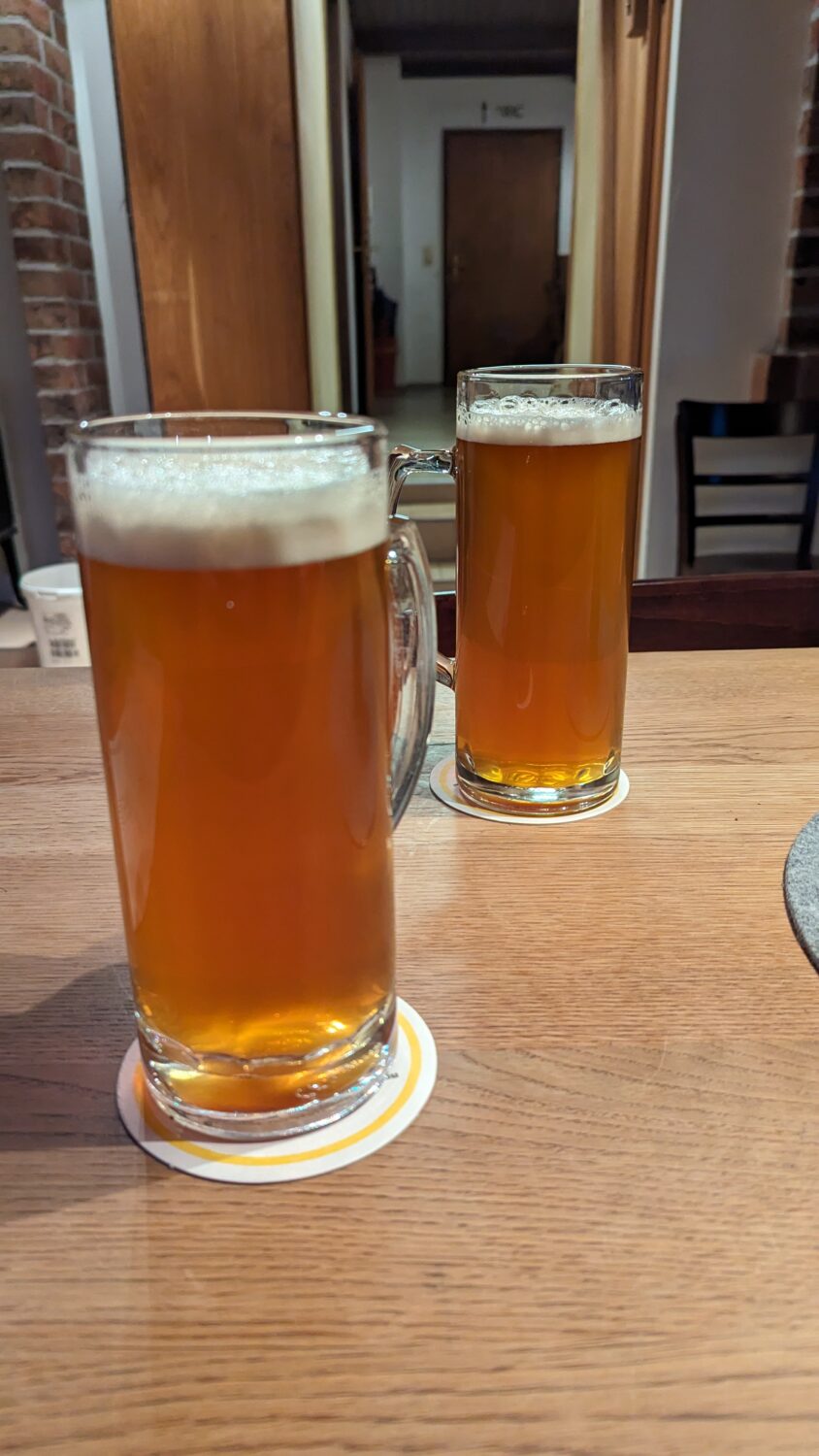
After dropping off my stuff and deciding 2pm might not be time to begin the session, I decide to wander up the road to see the Neuhaus communal brewery. It’s one of those incredibly well-preserved German buildings with sheer pastel-coloured walls, and there’s smoke coming out of the roof. I hesitate before knocking – my German is alright but by no means fluent, but I chance my arm. Reinhardt Schafferhoff answers the door. “Hallo! Kann ich die Brauerei sehen?” (Hello! Can I see the brewery?”) Reinhardt thrusts a shovel into my hands and tells me to start digging. He’s standing in front of 600 kilos of damp malt that needs to be put into the bucket of a digger that suddenly arrives. Over the next hour, I help feed the wood fire under the wort (the pre-fermentation beer), I pump beer into the coolship upstairs using an old brass wheel, and I share leberkase and smoked sausage in the kitchen behind the brewery with Reinhardt.
This improbable turn of events (Reinhardt cannot recall the last time a non-villager helped operate the brewery) becomes typical of the hospitality all weekend. By the end of Friday night, one villager has offered to act as my representative so I can buy one of the houses currently not utilising its brewing rights, another has volunteered to be our tour guide, and we’ve been plied with free home-brewed schnapps. But in the back room of the communal brewery, I’m served my first ever Zoigl, from Reinhardt’s private stash, poured out of a huge glass jug. It’s cloudy, fruity, a little dry and hoppy, and completely unique. Zoigls vary by family because the wort is taken home by each to be finished in different ways. Teicher, where I’m staying, has a deep, bitter, resinous Zoigl, whereas Binner and Schoilmichl, two others I’m lucky enough to try across the weekend are lighter and absurdly easy to drink. Reinhardt’s has an element of saison to it, a little more “farmhouse” than the others. To make a huge generalisation, Zoigls are kellerbiers, the German summer style of hazy lager, which is less carbonated than a standard lager so you can drink more in the bierkeller.
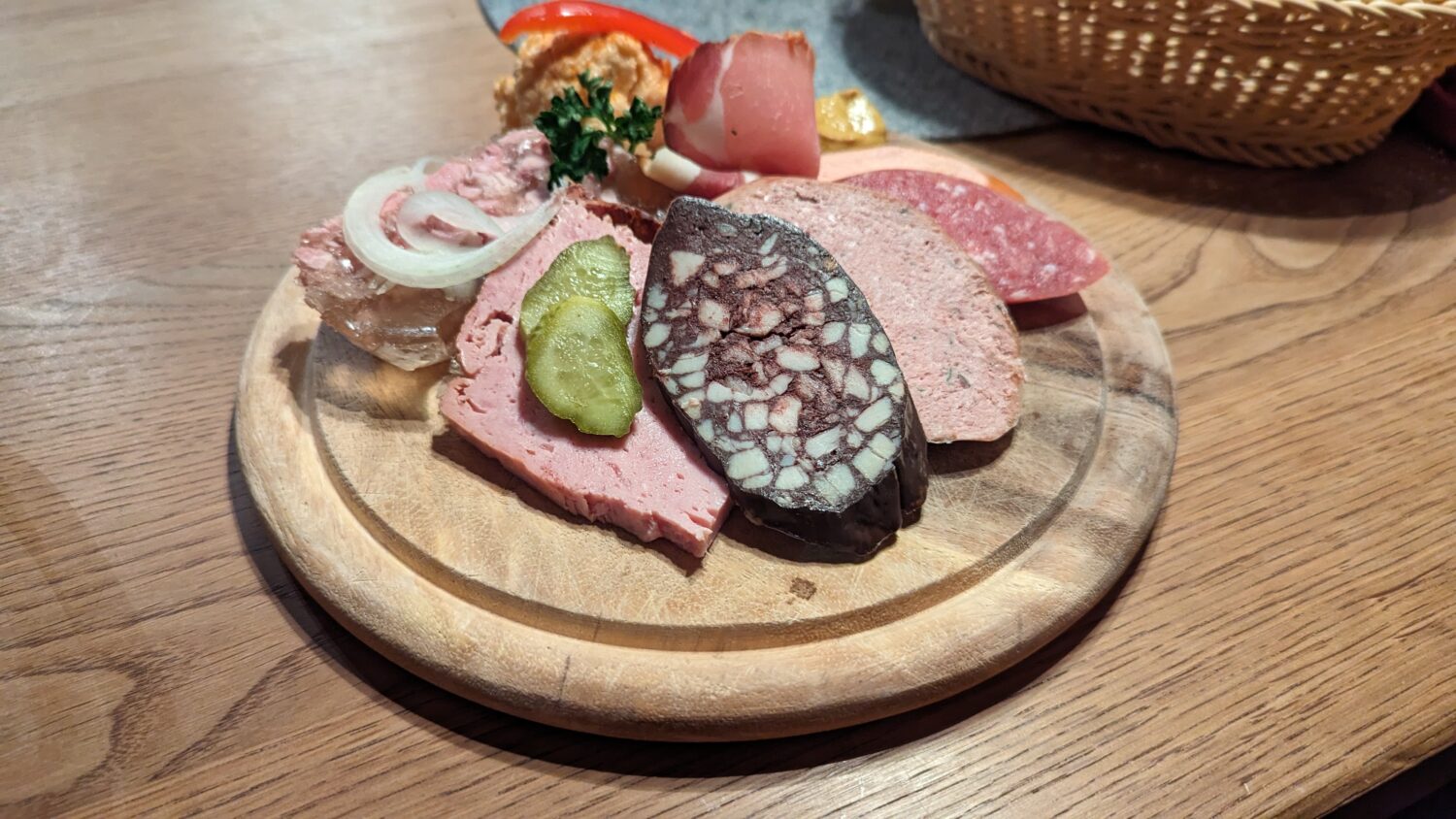
Now, I didn’t end up taking many photos of the interior of the Zoiglstubn because would you go into someone’s house and start photographing it? One of the few other Zoiglstubn open this weekend, Beim Binner back in Windischeschenbach, seems to have no entrance until we realise you have to walk through the garage to get in, and then through the family’s kitchen. Their intensely drinkable Zoigl is just over two euros a pint, served from a wooden barrel perched on a shelf in the kitchen, and they’re bashing out an amazing goulash for four euros more. The Austrian couple sharing a table with us tell us about their daughter, who is getting married. The Binner family are the only ones who also have a distillation licence. I have a general ban on central European whiskies after an experience in Belgium that nearly robbed me of my sight, but it turns out to be really surprisingly good, a sort of Highland style, all shortbread and vanilla. The locals really can do no wrong.
It just about warms me enough for the -9c walk back up the very steep hill to Neuhaus. By the time I return to Teicher, there are people sitting in every inch of the Zoiglstubn and we manage to get a seat next to a local who is very keen to tell me about the time he cycled through Birmingham. Zoiglstubn don’t have opening hours as such. They tend to stay open until everyone’s ready to leave, which is seemingly about 3am. These places feel like living history, a shared communal inheritance that would seem hokey if you put it in one of those cosplay museums of rural life, but instead thrives as an unbroken link to medieval Bavaria, untouched by time, money, and even electricity. In the brewery, I asked Reinhardt what his favourite Zoigl was, out of all of the families who brew them. “The method does not matter!” he shouted animatedly. “The best Zoigl is one you drink surrounded by people, by your friends, by the community.” He chuckles. “Also, my Zoigl is the best.”
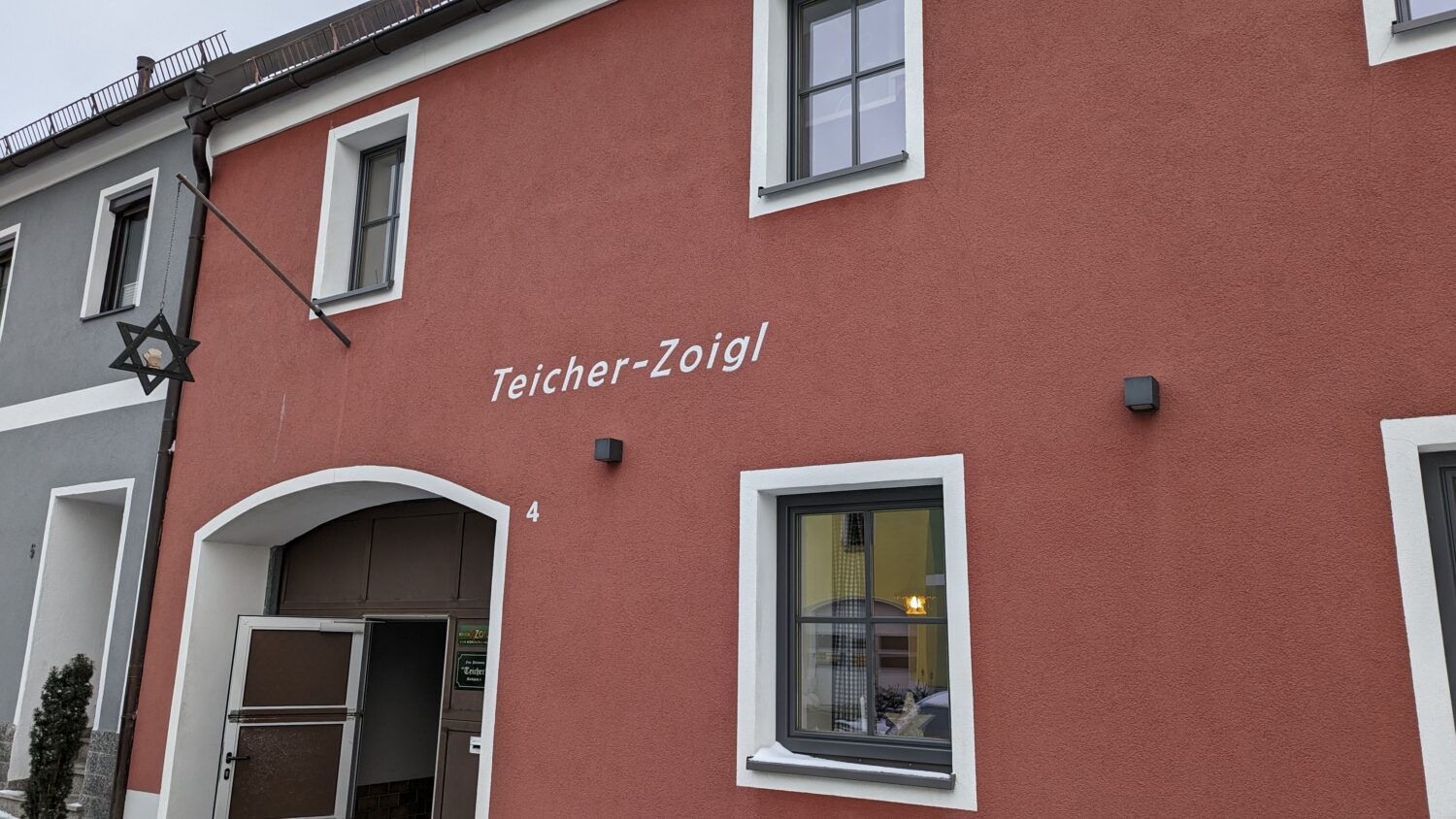
If you want to try a Zoigl, by far the easiest way is to go to Windischeschenbach, which has a mainline train station connected to Regensburg and one change away from Nuremberg, a city you can fly into. There are several villages in the region that brew “Echter Zoigl” (real Zoigl) and you can check which ones are open which weekend at this website. Falkenberg, Eslarn, and Mitterteich are all a bus/taxi away from a train line. As a general rule, they’re only open Friday – Monday, and anywhere between one and six are open on any given weekend.
All photography by Gavin Cleaver. Header image: The entrance to Binner Zoigl. The front door to the pub was through the carport.